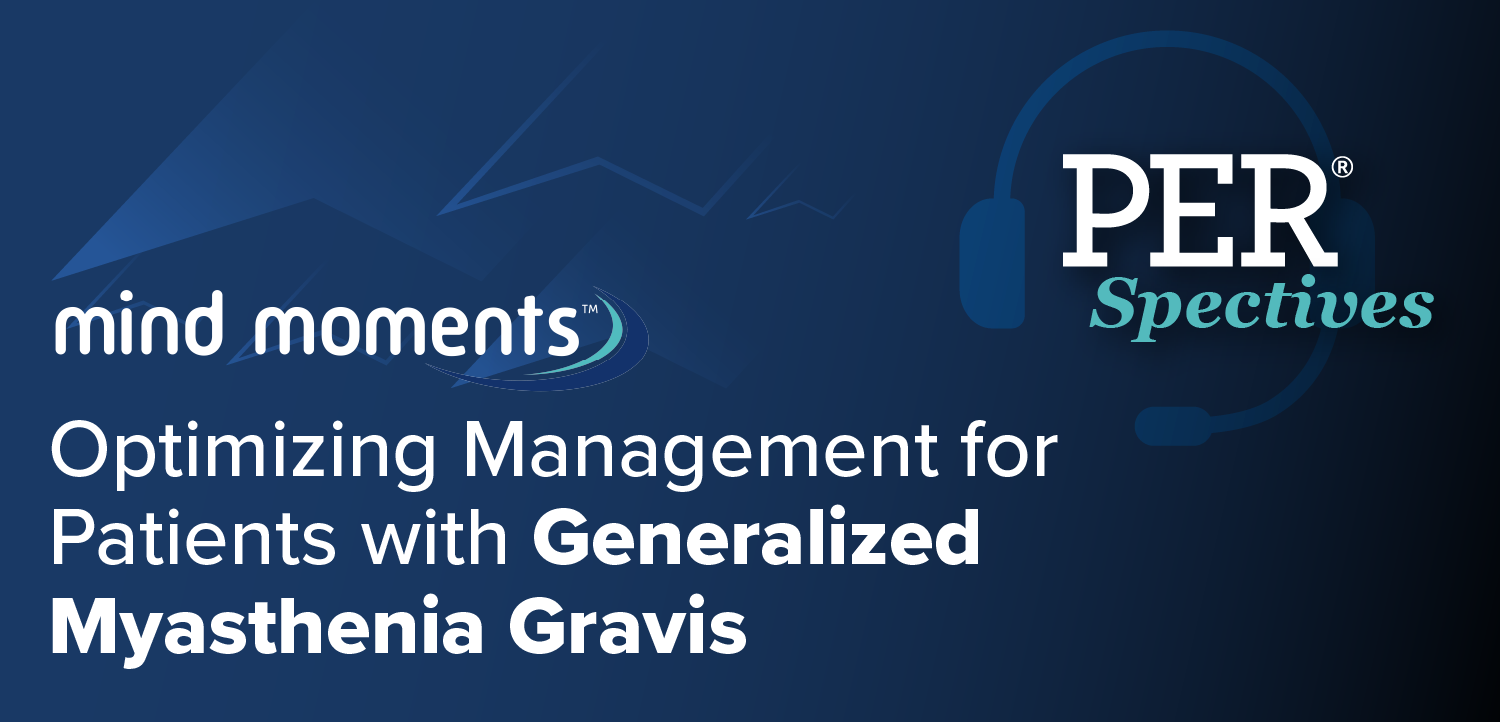
Phase 2 ARDA Findings Support Development of Empasiprubart in Multifocal Motor Neuropathy
Key Takeaways
- Empasiprubart showed safety and reduced IVIg retreatment need in MMN patients, with improved grip strength and condition perception.
- The agent blocks complement activity, potentially reducing tissue inflammation and adaptive immune response.
Presented at the 2025 PNS Annual Meeting, phase 2 ARDA data showed empasiprubart reduced IVIg retreatment risk and improved grip strength in patients with MMN.
Newly presented data from the phase 2 ARDA study (NCT05225675) showed that treatment with empasiprubart (Argenx), a C2-binding agent, was safe and reduced the need for intravenous immunoglobulin (IVIg) retreatment in patients with multifocal motor neuropathy (MMN). Overall, the efficacy and safety findings support the continued development of the therapy, which is currently being evaluated in the phase 3 EMPASSION trial.1
Presented at the
Led by Luis Querol, MD, PhD, a neurologist at the Hospital de la Santa Creu, in Barcelona, Spain, results revealed that empasiprubart led to reduced IVIg retreatment risk vs placebo in both cohorts (Cohort 1: HR, 0.09 [95% CI, 0.02-0.44] Cohort 2: HR, 0.17 [95% CI, 0.02-1.60]). In addition to showing a safe and tolerable profile, empasiprubart was well rated among treated patients. Overall, 55.6% and 66.7% of empasiprubart-treated participants in cohorts 1 and 2, respectively, described their condition as (very) much improved vs 11.1% and 22.2% of those on placebo.
Empasiprubart, which remains in development for other conditions like delayed graft function, dermatomyositis, and chronic inflammatory demyelinating polyneuropathy, is designed to be a humanized sweeping antibody that binds specifically to C2 in a pH- and Ca2+ dependent manner. By blocking complement activity, the belief is that this therapy may reduce tissue inflammation and the adaptive immune response. Notably, the agent is engineered for a long half-life through increased affinity to FcRn at acidic pH.
In the proof-of-concept study, patients were receiving IVIg at baseline before switching to study drug. At the last assessment, which included assessment after IVIg retreatment, median grip strength was improved among treated patients in comparison with placebo. Overall, investigators observed median grip strengths of 11.28 (Q1, Q3: 0.00,28.78) in cohort 1 and 19.89 (Q1, Q3: 3.33, 38.89) in cohort 2 vs strengths of 0.89 (Q1, Q3: –0.67, 9.00) and 0.78 (Q1, Q3: –2.22;, 7.89) in placebo-treated participants.
READ MORE:
These data provided proof-of-concept for EMPASSION, a larger-scale, phase 3 trial of 100 patients with MMN. This ongoing study comprises individuals on stable IVIg regimen for at least 8 weeks with at least 2 recorded IVIg cycles during screening. Across a 24-week, double-blind, double-dummy treatment period (part A), participants will be randomly assigned 2:1 to either empasiprubart intravenous (IV; loading dose on Days 1 and 8 and maintenance dose once every 4 weeks [Q4W] from Day 29) plus IVIg– placebo (same frequency as IVIg maintenance) or empasiprubart–placebo (on Days 1 and 8 and Q4W from Day 29) plus IVIg maintenance.2
EMPASSION will use change from baseline in the 25-Item Rasch-Built Overall Disability Scale for MMN as the primary end point. Following the double-blinded period, patients will have the ability to enter a 24-month open-label extension, where IVIg will not be permitted and all patients will receive the investigational drug. Other key secondary end points of the study include CFB in grip strength (most affected hand), modified Medical Research Council-14 sum score, Chronic Acquired Polyneuropathy-Patient-Reported Index total score, Patient Global Impression of Change actual value, and percent CFB in time to complete the 9-Hole Peg Test (dominant hand). Investigators also plan to assess safety of empasiprubart, pharmacodynamics, as well as change in grip strength, and Rasch-Transformed Fatigue Severity Scale score over time.
In July 2024, argenx announced plans to start the phase 3, head-to-head EMVIGORATE trial (NCT06920004) of empasiprubart versus IVIg in CIDP. The study, expected to commence in the first half of 2025, will enroll approximately 218 patients, including both typical and variant forms of CIDP, such as motor CIDP, multifocal CIDP, focal CIDP, and distal CIDP. Participants will be randomized to receive either empasiprubart or IVIg during a 24-week double-blind period, followed by a 96-week open-label extension where all participants will receive empasiprubart.3
REFERENCES
1. Querol L, Harbo T, Peric S, et al. Empasiprubart in Multifocal Motor Neuropathy: Safety and Efficacy Data From the Phase 2 ARDA Study. Presented at: 2025 PNS Annual Meeting; May 17-20. Edinburgh, Scotland. Abstract P420.
2. Querol L, Peric S, Cadour S, et al. Empasiprubart Versus Intravenous Immunoglobulin in Multifocal Motor Neuropathy Phase 3 Study Design: EMPASSION. Presented at: 2025 PNS Annual Meeting; May 17-20. Edinburgh, Scotland. Abstract P386
3. A Study to Assess Efficacy and Safety of Empasiprubart Versus IVIg in Adults With CIDP (emvigorate). Clinicaltrials.gov. Accessed May 18, 2025. https://clinicaltrials.gov/study/NCT06920004
Newsletter
Keep your finger on the pulse of neurology—subscribe to NeurologyLive for expert interviews, new data, and breakthrough treatment updates.




































